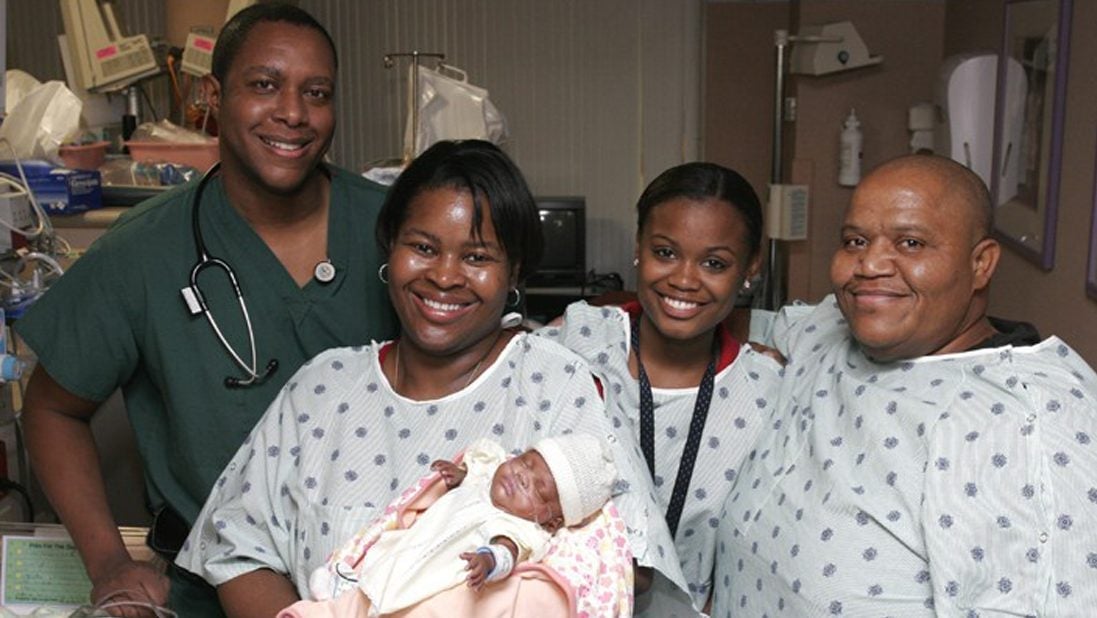The percentage of Black male doctors in the US is the same today as in 1940
The history of medicine in the US is inextricably linked with the legacy of slavery and racism.


The history of medicine in the US is inextricably linked with the legacy of slavery and racism.
From the discrediting of Black midwives in favor of white ob-gyns, eventually leading to over-medicalized childbirth, to the use of Black patients for medical experiments, to the pervasive stereotypes that make doctors less likely to listen to Black patients’ needs, the American health system has often failed the Black community, and continues to do so.
A tested—and easy—way to improve the health of Black patients is rather intuitive: Have more Black physicians. Research has shown that Black patients treated by Black doctors tend to have better health outcomes, including because they trust their physicians more.
Yet as emergency physician and author Uché Blackstocks highlighted recently, the US has barely increased its share of Black doctors over the past 120 years.
Decades of stagnation in Black doctor diversity
A paper published last year in the Journal of General Internal Medicine looked at the representation of Black doctors from 1900 to 2018. The change was minimal—in 1900, 1.3% of the medical force was Black, and nearly exclusively male; that share had grown to only 5.4% in 2018—far below the Black population’s share of nearly 13%.
The authors, who used census and community survey data, also calculated that much of the improvement was due to the entrance of Black female physicians into the workforce. Until the 1980s, less than 1% of physicians were Black women, and that share reached 2.8% in 2018. Meanwhile, the percentage of male Black physicians actually diminished, particularly as a proportion of the overall Black population, from 1940 to 2018, which the authors think might be a consequence of the closure of medicine courses in several Historic Black Colleges and Universities.
Further, the research found, the income differences are striking. In 1940, white doctors earned $68,000 more than Black ones on average; in 2018, they earned $50,000 more.